What is the Follicular Phase?
The follicular phase is one of the four phases of the menstrual cycle. All the phases are important and have their own unique functions that impact hormones. The follicular phase starts from day one of your period and lasts until ovulation occurs. Remember that the menstrual phase part of the follicular phase. The duration that you bleed on your period is the menstrual phase. The follicular phase is unique because, during this time, your hormone and energy levels increase in anticipation for ovulation, which is where these levels will peak.
Here are 8 things you should know when learning about what is the follicular phase:
1. Estrogen Rises
Rising estrogen levels are the first thing to know when learning about what is the follicular phase. This occurs because estrogen builds up the uterine lining for fertilization, and adequate estrogen is necessary for ovulation to occur. The uterine lining, or endometrium, will be thickened to provide a healthy environment full of nutrients to aid the fertilized egg. The ovaries contain follicles that encase one egg each, but these follicles start out immature and need optimal estrogen to develop so that they can grow and release the egg.
Source: NIH
2. FSH Rises
The next thing you need to know when learning about what is the follicular phase is that FSH levels will rise. FSH stands for follicular stimulating hormone, which makes sense that this is the prominent hormone in the follicular phase. This hormone is not produced from the ovaries, but instead, it is produced from the pituitary gland in the brain. In addition to estrogen, FSH will also mature the egg so it can be ready to be released into the fallopian tube. This hormone also induces more estrogen production so they both can work together to prepare for ovulation.
Source: 30941099
3. Follicle Matures
Follicle maturation is another thing to know when learning about what is the follicular phase. As mentioned, each egg is encased in a follicle within the ovary. These follicles must be developed and matured to eventually burst open and release the egg into the fallopian tube. The remaining sac from the follicle left over is called the corpus luteum which produces progesterone to promote the egg’s fertilization.
Source: NIH
4. One Follicle Dominates
Only one follicle dominates which is one of the things to know when you learn what is the follicular phase. Since you have two ovaries with follicles on each side, you can only release one egg per month, and as a result, one follicle will dominate. The follicles are originally immature and each month there is a race to see which follicle will be the lucky winning to release their egg into the fallopian tube.
Source: NIH
5. LH Surge
Another one of the things to know when you learn about what is the follicular phase is the LH surge. Secreted from the pituitary, LH stands for luteinizing hormone, and this hormone promotes progesterone and testosterone secretion. This hormone is more apparent towards the end of the follicular phase because it promotes the next phase called ovulation. Measuring LH levels through urine strips is one of the predictive methods for tracking ovulation because of this reason. It is important to mention that some people have naturally higher LH levels so this isn’t always the best way to track ovulation, specifically in those with PCOS.
Source: 21772731
6. Lasts Until Ovulation Occurs
Another thing to know about when learning what is the follicular phase is the timing of the phase. The follicular phase begins when you get your period and lasts until ovulation. At the last day or two of the follicular phase, estrogen will drop and progesterone and testosterone will increase all due to LH. The follicular phase is the preparation for ovulation, where energy and hormone levels are at their peak.
Source: 21772731
7. Long Follicular Phase
When you learn about what is the follicular phase, look for the length of the phase. Usually, the phase is 12-16 days and leads up to ovulation, but if you exceed this duration, you may have a long follicular phase. This is problematic because it means you have delayed ovulation. Ovulation should be the mid-point of your entire menstrual cycle, so if you use some of the tracking methods for ovulation and notice that it’s occurring too close to the next follicular phase, there may be a hormonal imbalance. Specifically, delayed ovulation can be a product of estrogen dominance, where your amounts of estrogen in relation to progesterone are disproportionately higher. Low vitamin D levels and long-term birth control use can be causes of a long follicular phase too.
8. Short Follicular Phase
In contrast, when you learn about what is the follicular phase, look out if you have a short follicular phase. Just as a long phase is not good, a short phase is not good either. This occurs when ovulation happens too close after you get your period, so the follicular phase is shortened. Elevated progesterone levels can be a root cause of this because progesterone is our ovulation-promoting hormone. Follicular phases also shorten as you age because the follicle maturation process can be sped up so the egg inside is not fully ready to be released though the follicle may be ready.
Source: 12466381







